How to close a crack between the house and the blind area
According to building rules, around each building there should be a blind area adjacent to the foundation and protecting it from freezing and moisture entering the basement. There are often situations when cracks form between the house and the blind area, which need to be repaired. To resolve this problem, there are several ways, the choice of which depends on the specific case.
Causes of Cracks
According to SNiPs, the blind area should not have a rigid connection with the house, so you do not need to fasten it to the base tightly. To understand the cause of the damage, you need to carefully examine the joints between the structure and the blind area.
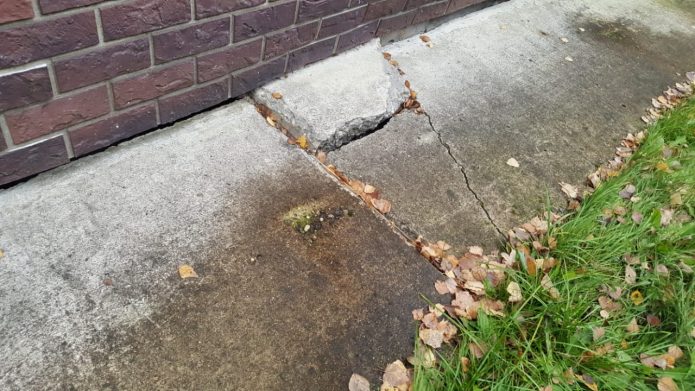
- violation of construction technology, for example, the absence of a waterproofing or insufficient thickness of the backfill in the multilayer cushion for the blind area, its uneven tamping;
- carrying out work in unsuitable weather conditions, for example, in heat, in high humidity, atmospheric precipitation or frost, which interfere with reliable and high-quality solidification of cement;
- the wrong proportions when preparing the concrete mortar, the wrong choice of cement grade, the difference in time of pouring of individual sections of the blind area, too thin a layer of concrete;
- the absence of a damper layer, which compensates for the load and prevents the destruction of the structure;
- rigid fastening of the blind area and base.
The occurrence of cracks occurs simply over time, from multiple cycles of thermal expansion and contraction.
How to close a crack between the house and the blind area
Depending on the size of the crack, the method of sealing it depends.
Polyurethane sealant
The following materials are suitable for repairing cracks of various widths:
- polyurethane sealant;
- polyurethane foam;
- damping tape;
- mineral wool;
- extruded polystyrene foam;
- bituminous mastic;
- cement mortar.
In buildings that were built several years ago and went through the stage of natural initial shrinkage, voids can be repaired using polyurethane sealants. The same technology is used and mounting foam.
Stages of work:
- Clean the gap of debris, dirt and dust, coat with a penetrating primer.
- Fill all cavities with sealant, blowing it out with a construction gun or squeezing tubes out of a thin nose.
- Close the seam with decorative trim or a border.
Use of mineral wool
Many owners are familiar with the traditional way to repair cracks with mineral wool.
Repair sequence:
- Clean the crack and treat it with waterproofing mastic.
- Roll mineral wool into dense rolls in the form of sausages, lay them in the cavity.
- Strengthen the structure with a metal mesh and mask on top with decorative trim.
Styrofoam
Foam is perfect as a filler of voids, you can hide the joint with a cement mortar, and tile or natural stone will help decorate ugly places.
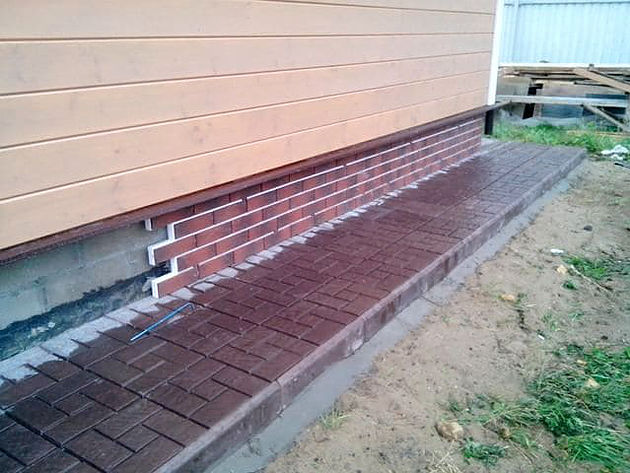
In unstable, floating or heaving soils, transverse reinforcement works well, which will reduce crack divergence and create not too rigid fastening of the blind area and base at a certain distance.
You need to do this:
- Drill holes 10 cm deep in the basement of the building and in the blind area.
- Insert metal fittings into the obtained channels.
- Fix the structure, pouring it with cement mortar.
If major repairs are required
If the damage is significant and the repair of the blind areas is already impractical, then the best solution would be to smash it with a jack hammer or disassemble the entire structure with your hands and do it again, observing all the subtleties and rules.

You can use large pieces of old blind areas to save mortar.
For work you will need:
- sand, water, gravel;
- cement grade M400 or M500, fittings;
- waterproofing and heat-insulating materials;
- level, spade, bucket;
- hammer drill.
The correct solution is kneaded in the following proportions per 1 cubic meter of the finished mixture:
- 2.6 parts of sand;
- 1 part of cement;
- 4.5 parts of crushed stone;
- 125 liters of water.
The working time is approximately 2 hours; additional plasticizing and other useful additives can be added to the solution. First, mix all dry components, and then fill with water. 5 minutes are enough for uniform mixing.
Technology for repairing large areas of the blind area:
- Before pouring, it is required to check the condition of the gravel and sand cushion, the presence of a slope for water drainage, and if necessary, add and tamp, as well as lay a reinforcing mesh, assemble the formwork.
- Filling must be started from the highest point, creating a slope, check it with a level, making special transverse expansion joints every 1.5–2 meters.
- Level and compact the concrete, cover the finished area with a damp cloth for gradual hardening to prevent cracking. After solidification, the formwork must be removed.
How to prevent cracking
The blind area will last a long time and will not collapse if it has a slight slope away from the building to quickly drain water, which will prevent the basement from getting wet and gradual destruction. Ideally, insulation boards should first be laid on a sandy base to protect against frost, then geotextiles and a drainage membrane, and gravel should be poured on top. If the blind area is laid out from the tile, then you need another layer of sand on top.
To prevent damage between the structure and the blind area, a special expansion joint is made to the entire depth of the foundation, it provides free shrinkage of the structure. Correct proportions and transverse reinforcement with a metal mesh add strength to the concrete layer.
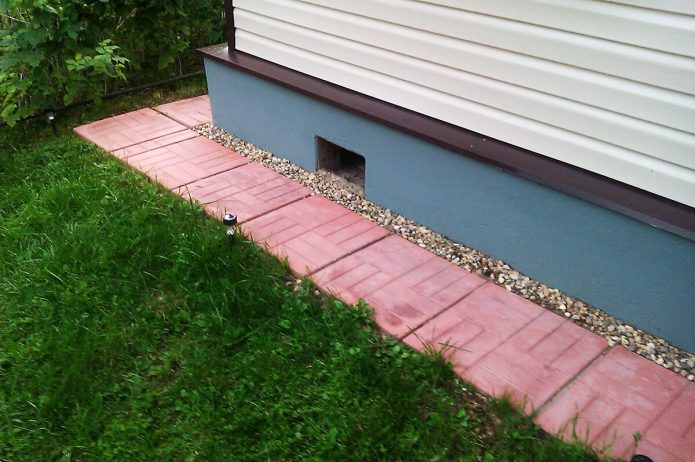
Any blind area can collapse over time, so you need to regularly inspect it and, if signs of deformation are detected, immediately repair and eliminate the causes of cracking. Then the base will be fine, and the blind area will last a long time, looking neat and beautiful.

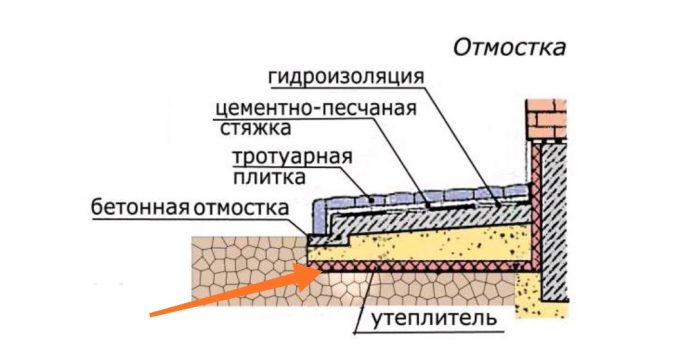

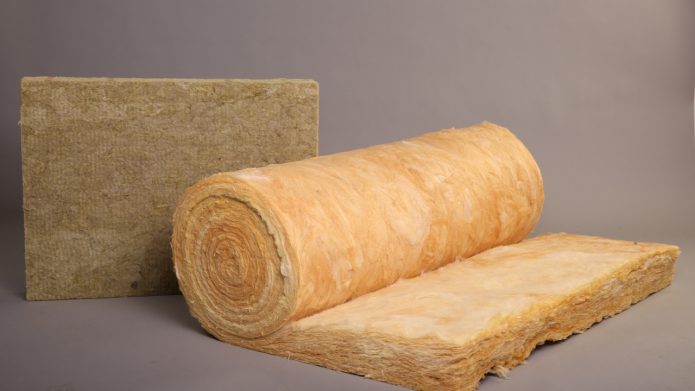
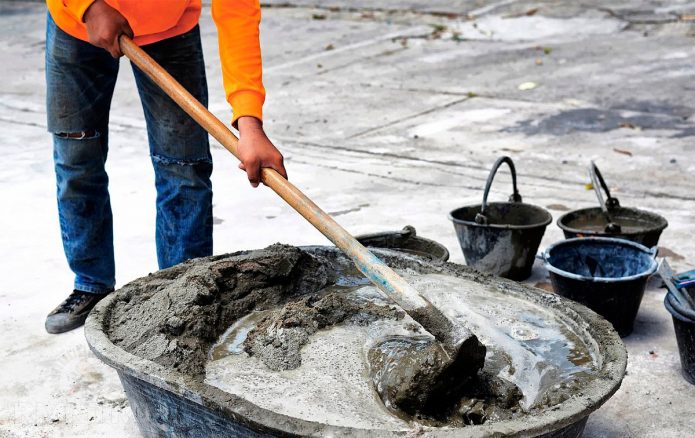
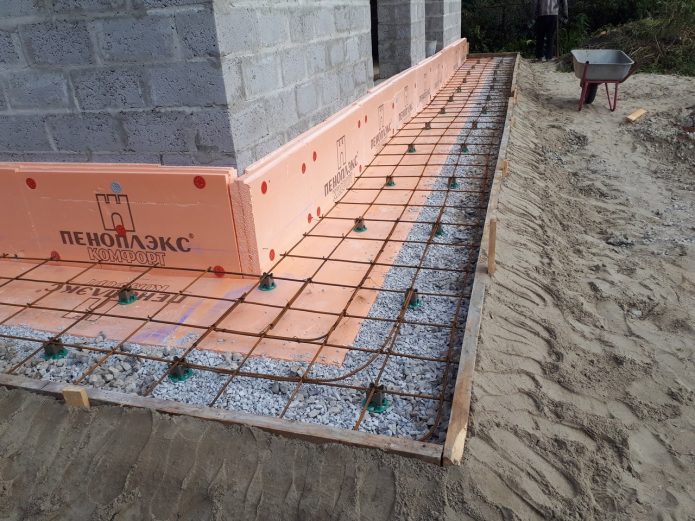
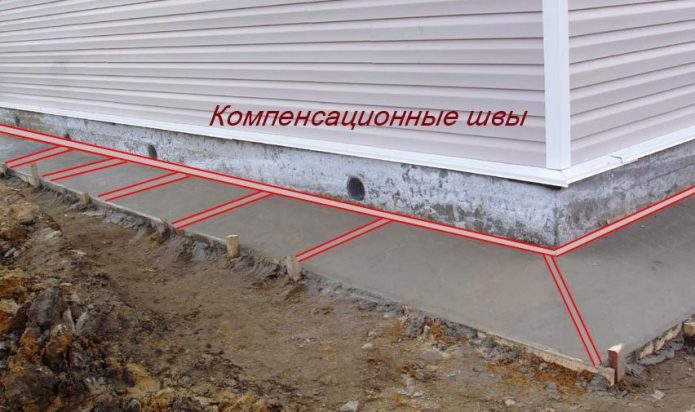
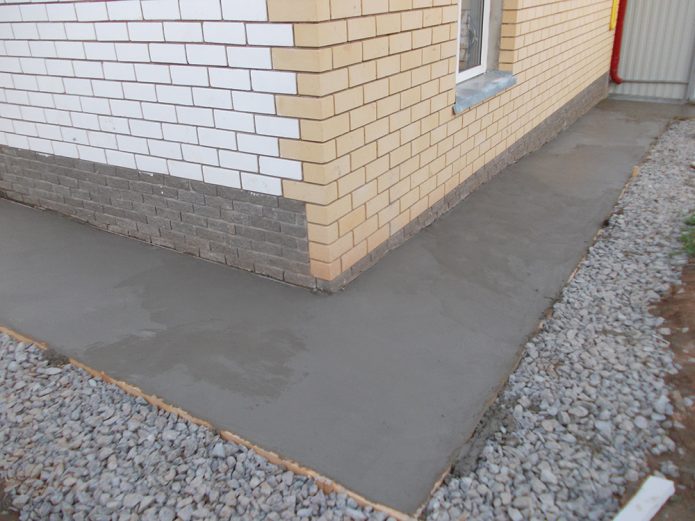
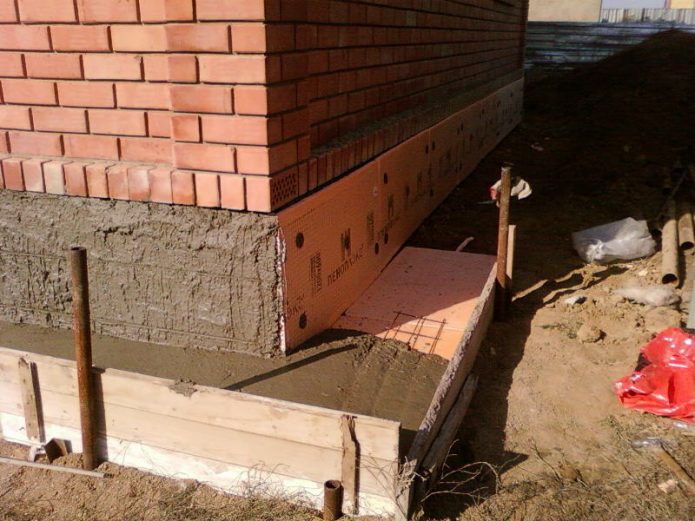
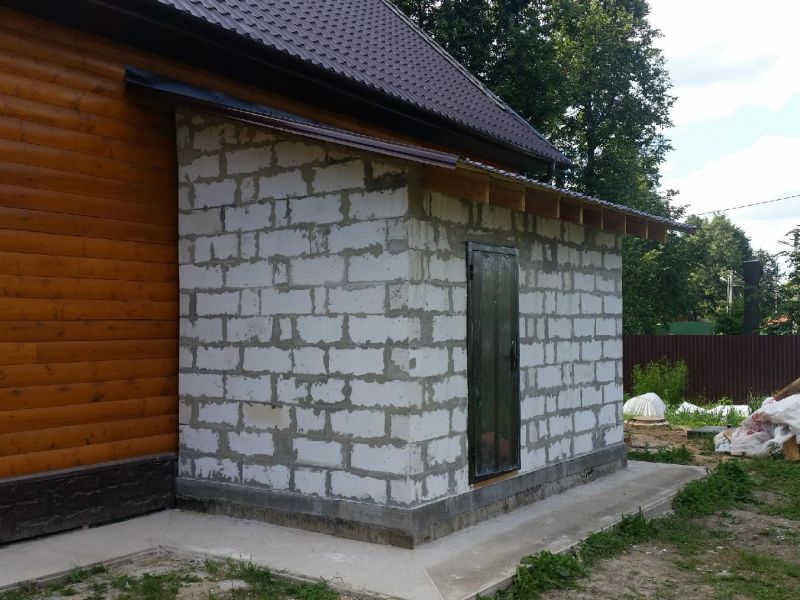


1 comment